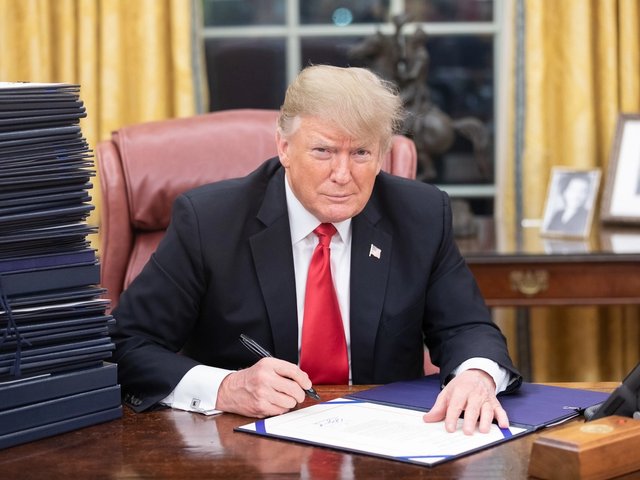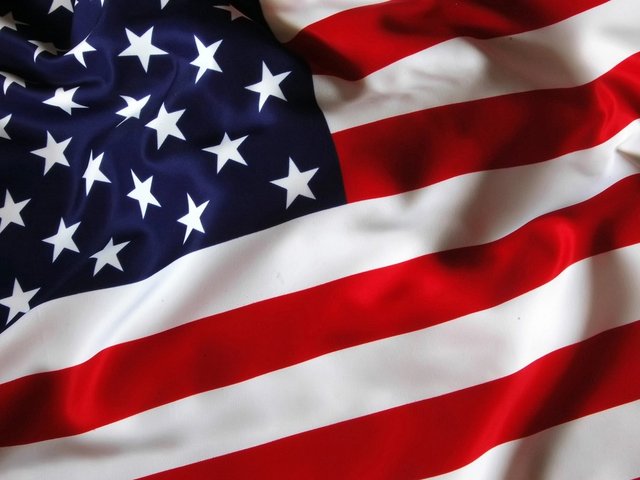With so much at stake in this month’s US presidential election, little attention has been paid to how the next leader of the free world will affect the arts in the US. But as the nation’s symbolic and bureaucratic leader, the next president stands to hold profound sway over its cultural agenda.
Although neither campaign has an officially stated position on the arts, a spokeswoman for Hillary Clinton pointed us towards several quotes by the candidate on the matter, including one from a forum in October 2015 in which she defended funding for the National Endowment for the Arts (from which Republicans have recently sought to remove funding entirely). Clinton said: “I believe that the arts and culture are important in their own right, but they’re also important drivers for economic growth, tourism [and] attracting young people.”
This sentiment would seem consistent with Clinton’s public roles as secretary of state, senator from New York and even First Lady, a role in which she was awarded the Americans for the Arts National Arts Award for Arts Advocacy in 1999. As senator, she voted in 2004 to allow artists to write off fair-market value on charitable gifts, rather than simply the cost of the materials used. At the State Department, her ability to support the arts was more limited, but in 2013, she wrote an essay for Vanity Fair praising the Art in Embassies programme.
Donald Trump’s record on the arts is less clear. His campaign made no comment, and he has had fewer opportunities to support the arts in the way Clinton has. But for a man of his purported wealth, his interactions with the art world have been markedly limited: no public collecting and no museum-board membership. Intriguingly, in 2006, the presidential candidate trademarked “Trump Art Collection”, but he has yet to capitalise on it.
On a policy level, there is only so much a president can do. The arts in America are much more dependent on the private sector than in other parts of the world; US museums receive just 18% of their revenue from public sources, according to the Association of Art Museum Directors. So even if President Trump were to get into a Twitter war with the On Kawara bot, an automated account that tweets on the late conceptual artist’s behalf, it is unlikely that he would be able to pull down the US’s cultural infrastructure single-handedly.




